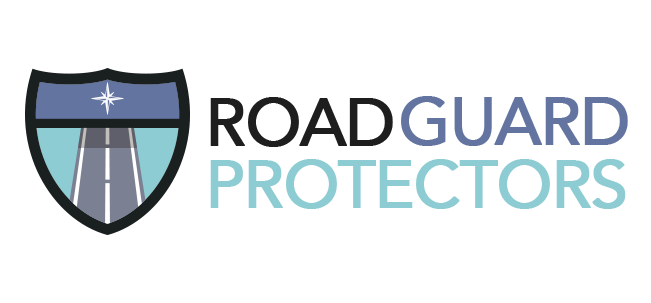As the climate becomes increasingly unpredictable, extreme weather events such as hurricanes, floods, and blizzards are becoming more frequent and severe. These weather phenomena can pose significant risks to both life and property, including damage to vehicles. To mitigate the impact of extreme weather on your vehicle and ensure adequate protection, it’s essential to take proactive measures and review your insurance coverage. In this article, we’ll explore how to prepare your vehicle and insurance for extreme weather, helping you weather the storm with confidence and peace of mind.
1. Conduct Regular Maintenance: Before extreme weather strikes, it’s crucial to ensure that your vehicle is in optimal condition to withstand the elements. Conduct regular maintenance checks, including inspecting tires, brakes, windshield wipers, lights, and fluid levels. Address any issues promptly to reduce the risk of mechanical failures during extreme weather events.
2. Invest in Weather-Resistant Accessories: Consider investing in weather-resistant accessories to protect your vehicle from damage. This may include installing all-weather floor mats, weatherproof car covers, and protective coatings for paint and upholstery. These accessories can help shield your vehicle from rain, snow, hail, and debris, minimizing the risk of weather-related damage.
3. Create an Emergency Kit: Prepare an emergency kit to keep in your vehicle in case of extreme weather events or emergencies. Include essential items such as blankets, non-perishable food and water, a first aid kit, a flashlight with extra batteries, a multipurpose tool, and a portable phone charger. Additionally, consider adding items specific to the weather conditions you may encounter, such as ice scrapers, snow brushes, and emergency flares.
4. Review Your Insurance Coverage: Review your auto insurance policy to ensure that you have adequate coverage for extreme weather events. Pay attention to coverage limits, deductibles, and exclusions related to weather-related damage, such as flood coverage for hurricanes or comprehensive coverage for hail damage. Consider whether additional coverage options, such as roadside assistance or rental reimbursement, would provide added protection during extreme weather events.
5. Consider Comprehensive Coverage: Comprehensive coverage is an optional auto insurance coverage that provides protection against non-collision incidents, including damage from extreme weather events such as hurricanes, floods, hailstorms, and falling objects. While comprehensive coverage may increase your insurance premiums, it can offer invaluable protection against weather-related damage that could otherwise result in costly repairs or total loss of your vehicle.
6. Stay Informed and Plan Ahead: Stay informed about weather forecasts and warnings in your area to anticipate and prepare for extreme weather events. Plan your travel routes accordingly, avoiding areas prone to flooding, landslides, or severe storms. If severe weather is imminent, consider postponing non-essential travel and staying off the roads until conditions improve to minimize the risk of accidents or damage to your vehicle.

